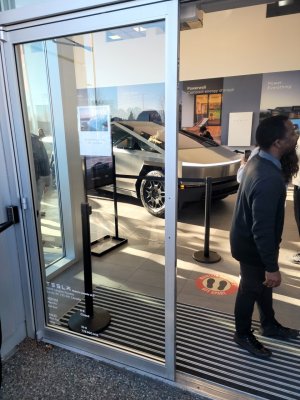Thinking about V2L (vehicle to load) a bit more. The key energy load in a house is HVAC, hot water heater is second. Say you have a moderate size home, 2500 sq ft. The AC or heat pump unit is likely on a 240V 30A circuit, which happens to be the same as the outlet that Lightning has in its bed. It would be pretty simple to wire that one circuit to an exterior plug via a transfer switch so that the truck could power AC/heat pump, great in a power outage.
In a location where peak/off peak rates were in play, though, you could elect to manually use the transfer switch and run the HVAC from the truck's battery. That unit would pull a maximum of 6 kW at full load, so even with heat or AC running flat out, getting through that 6-8 hour window of peak electricity price would still consume less than half of Lightning's 98 kWh (standard range) or 131 kWh (extended range) battery. Then of course you flip the switch at 11 pm or whenever cheap rates kick in, returning the home to lowest cost energy, and replenishing vehicle battery for tomorrow. Now of course this concept really makes sense if the vehicle's normal at-home period overlaps with a majority of the peak energy price timeslot, other routines not so much.
Bet ya someone is already making a transfer switch that automates all of this so the flip can happen at preprogrammed times. Friends back in Australia have a controller on their solar setup that detects low or high power generation and automatically directs charge to house or grid or EV for best efficiency and cost saving. Getting such setup approved safe by local authorities, well there's another battle again. Most electrical code rules are there because someone died, so fair enough that they're cautious and suspicious of new products.
In theory, power grid managers welcome V2L, home battery storage and the like. These are all ways of reducing spikes in demand and generation, and balancing the grid. Homeowners with energy storage in the form of home batteries and V2L-capable EVs are essentially helping to fund a dispersed storage network. If peak/off peak pricing becomes an option in BC, you'll see a lot of people jump on it. After all, we do have the highest per capita EV ownership in Canada.


